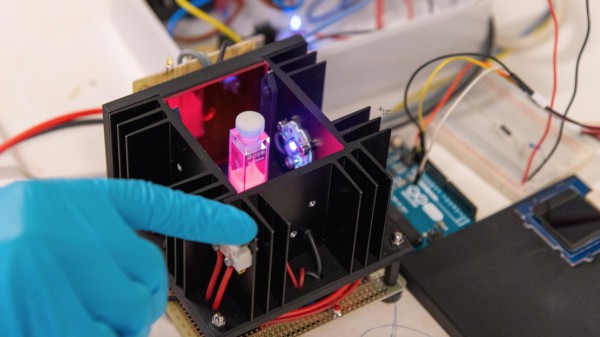New device simplifies measurement of fluoride contamination in water
“To determine whether drinking water is safe we need to detect fluoride in water at the level of parts-per-million (ppm),” says Kyriakos Stylianou at the Laboratory of Molecular Simulation at EPFL Valais Wallis. “Around 1-1.5 ppm is good for teeth, but in many countries the water sources have concentrations above 2 ppm, which can cause serious health issues.”
— Kyriakos Stylianou, scientist in EPFL's Laboratory of Molecular Simulation and, since May 2018, experimental group leader in MARVEL Design & Discovery Project 4.

Led by Stylianou, a team of scientists have now built a device that can accurately measure fluoride concentrations using only a few drops of water. Sensitive to even low-level contamination, it indicates its findings with a simple change in color brightness. Published in the Journal of the American Chemical Society (JACS), the device – named SION-105 – is portable, considerably cheaper than current methods, and can be used on-site by virtually anyone.
Please follow this link to read EPFL journalist Nik Papageorgiou's story on the research.
References:
Fatmah Mish Ebrahim, Tu N. Nguyen, Serhii Shyshkanov, Andrzej Gładysiak, Patrick Favre, Anna Zacharia, Grigorios Itskos, Paul J. Dyson, Kyriakos C. Stylianou. a selective, fast-response and regenerable metal–organic frame-work for sampling excess fluoride levels in drinking water. Journal of the American Chemical Society 11 February 2019. DOI: 10.1021/jacs.8b11907
Low-volume newsletters, targeted to the scientific and industrial communities.
Subscribe to our newsletter